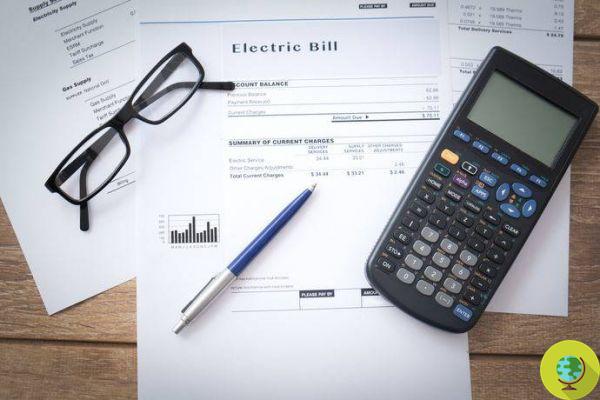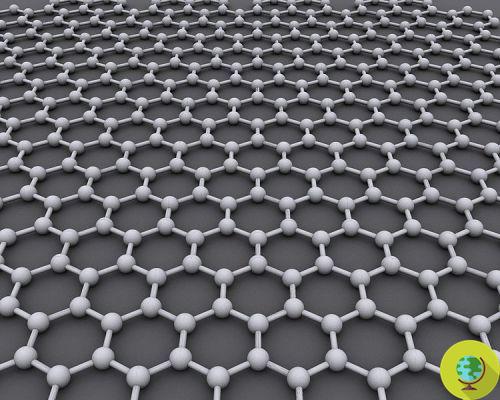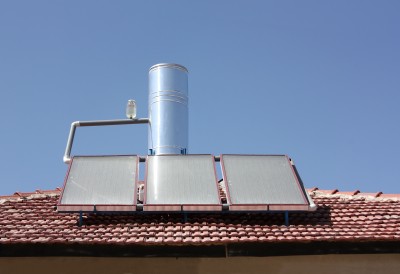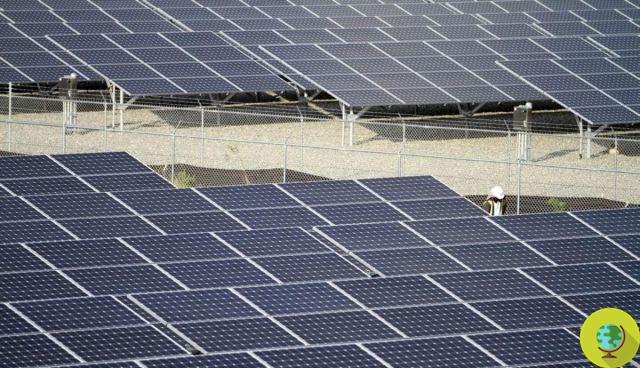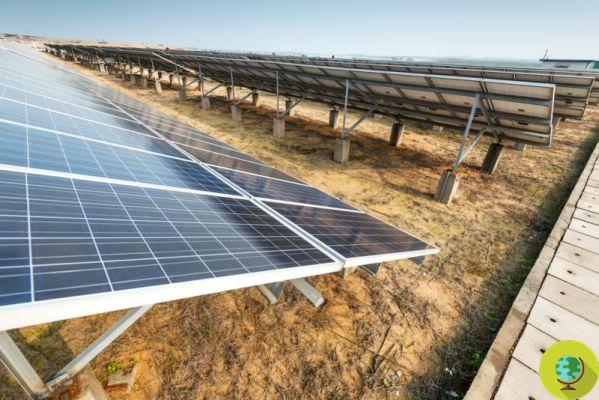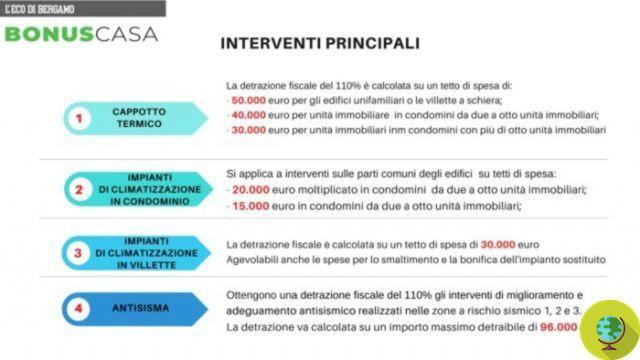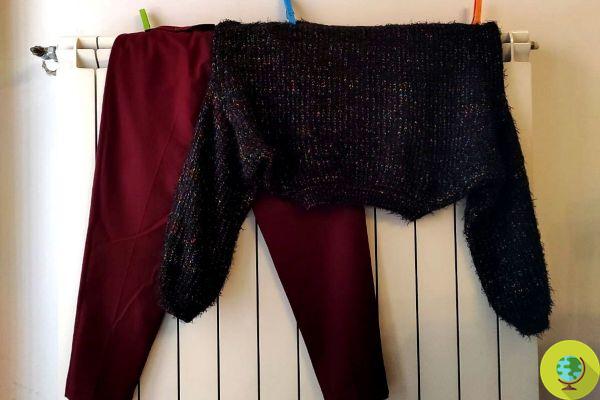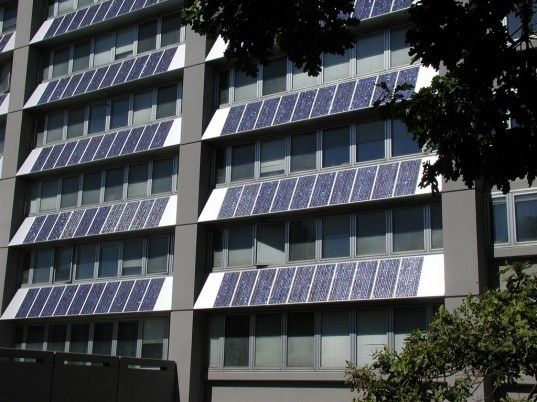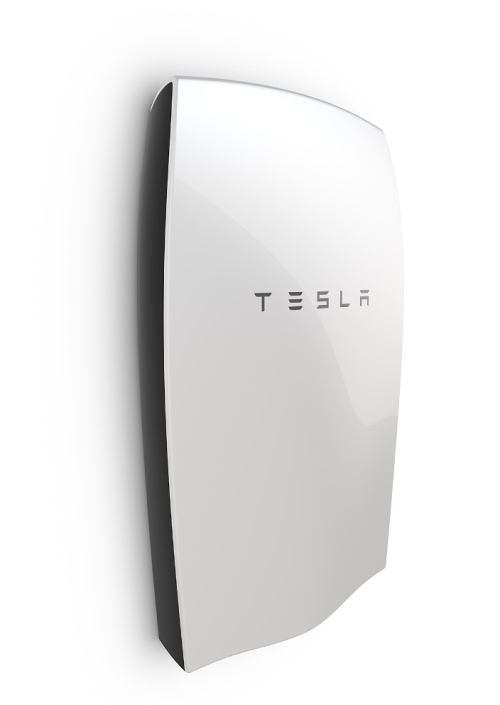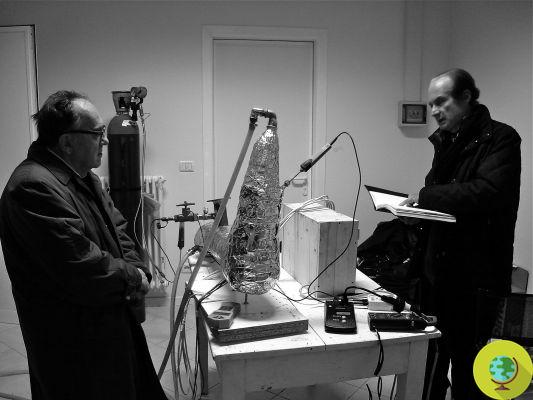Thin solar cells promise the breakthrough in photovoltaics: a study conducted by Amolf, Surrey University and Imperial College has shown that their efficiency can reach as much as 65%, compared to 25 today. And they would solve the problem of the size and weight of the photovoltaic panels currently available
He is about to end up run over, his mother saves him
Stop to heavy, rigid and thick solar panels: with thin solar cells even this problem could soon be circumvented: the efficiency record of 65% has been reached in the laboratory against the current 25%. The study, led by Amolf (Netherlands), Surrey University (UK) and Imperial College (UK), could really be the first step towards the renewable revolution.
Silicon solar cells have proven to be the champion of photovoltaic technology, as they use raw materials abundant on Earth, such as silicon, and now operate with high efficiency. However, they are based on thick, rigid and heavy wafers and can therefore only be installed in a limited number of places.
Read also: Renewables beat coal in 2021: 38% of production against 36
One of the ways to overcome this disadvantage is to use thin membranes instead, which first reduce the consumption of silicon by more than 99% and which make the cells flexible and light, thus easily integrated into buildings, urban architecture and even small ones. daily gadgets.
But now such thin Si membranes cannot absorb light as efficiently, so far reaching a percentage equal to 25% and therefore even lower conversion, thus not being comparable to classic panels.
But everything is about to change
Using a new nanostructure architecture, the researchers found a way to make thin photovoltaic cells opaque, significantly improving their efficiency. In the laboratory, they measured a light absorption equal to 65% very close to the final theoretical absorption limit of about 70%. It is the first time in history, a true record that brings us closer to the renewable revolution.
The nanostructure redirects direct sunlight into a "labyrinth" of corners, thus trapping it inside the silicon membrane which therefore has a much higher probability of absorbing it despite its reduced thickness.
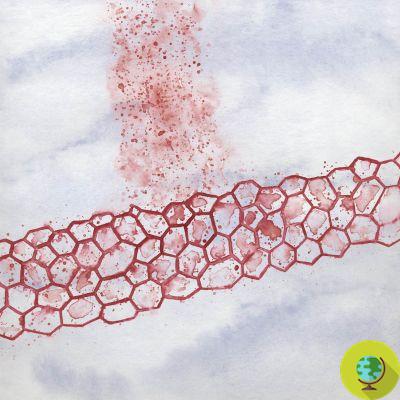
@Amolf
And there's more: the researchers have also shown that there is no single solution, but rather a 'entire model family which offer high design flexibility without compromising optical performance. And this greatly increases the chances that the technology can reach industrial scalability.
Based on the high light trapping performance of our models - Esther Alarcon Llado, who led the work - we estimate they could be achieved photovoltaic efficiencies higher than 20% for a 1 μm thick c-Si cell, which would represent a absolute breakthrough towards the flexibility and lightness of wafers
With an added advantage: thinner silicon absorbers are in fact more tolerant to electronic defects than their thick counterparts: this means that the highly efficient thin cells could also be made with lower quality silicon, thus reducing the energy requirement for purification of raw silicon.
Thin photovoltaics with hyper-uniform patterns is a very promising technology - concludes the researcher - Although there is still a lot of work to be done to make such thin high-efficiency cells a real operational reality. this work makes us very optimistic that this will happen soon
The work was published in ACS Photonics.
Follow your Telegram | Instagram | Facebook | TikTok | Youtube
Fonti: Amolf / ACS Photonics
Read also:
- Balcony photovoltaic: how to install it to increase its efficiency
- Tax deductions can also be requested for thermal solar panels, here's how




